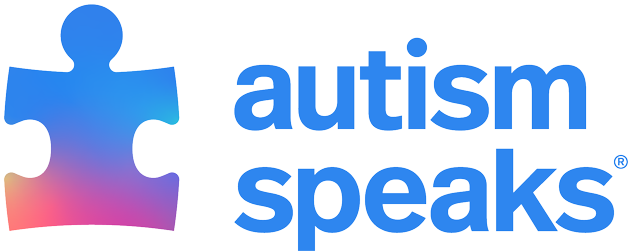Search
Pivotal Response Treatment (PRT)… Response Treatment? Pivotal Response Treatment, or PRT, is a behavioral treatment for autism. This therapy is play-based and initiated by the child. PRT is based on the principles of Applied Behavior Analysis (ABA). Goals of this approach include: Development of communication and language skills Increasing positive social behaviors Relief from disruptive self-stimulatory behaviors The … behavior and learning. Pivotal areas include: Motivation Response to multiple cues Self-management Initiation of social interactions Motivation strategies are an important part of the PRT approach. These emphasize natural reinforcement. For …
My child is nonverbal. Anything new that might help him communicate better?… The answer below comes from speech-language pathologists Cynthia Green, Kameron Beaulieu, and Jill Dolata of the Autism Speaks Autism Treatment Network (ATN). Their ATN work at the Oregon Health & Science … and Rehabilitation Center involves individualized parent training using a 24-week program that improves children’s social communication skills. My child is nonverbal. Anything new that might help him communicate better? Today, parents and … when they prefer to play by themselves, engage in self-stimulating behaviors or have difficulty sustaining interactions. Autism nonverbal communication programs There are several programs designed to initiate positive interactions …
Applied Behavior Analysis (ABA)… What is Applied Behavior Analysis? Applied Behavior Analysis (ABA) is a therapy based on the science of learning and behavior. Behavior analysis helps us to understand: How behavior works How behavior is affected by the environment How … helpful and decrease behaviors that are harmful or affect learning. ABA therapy programs can help: Increase language and communication skills Improve attention, focus, social skills, memory, and academics Decrease problem behaviors The methods … reinforcement for demonstrating useful skills and socially appropriate behaviors. The emphasis is on positive social interactions and enjoyable learning. The learner receives no reinforcement for behaviors that pose harm or prevent learning. …
